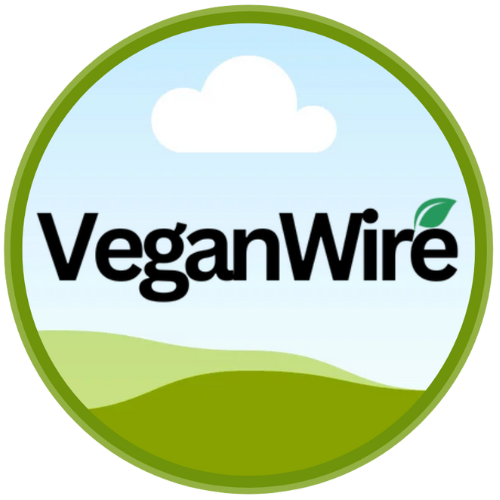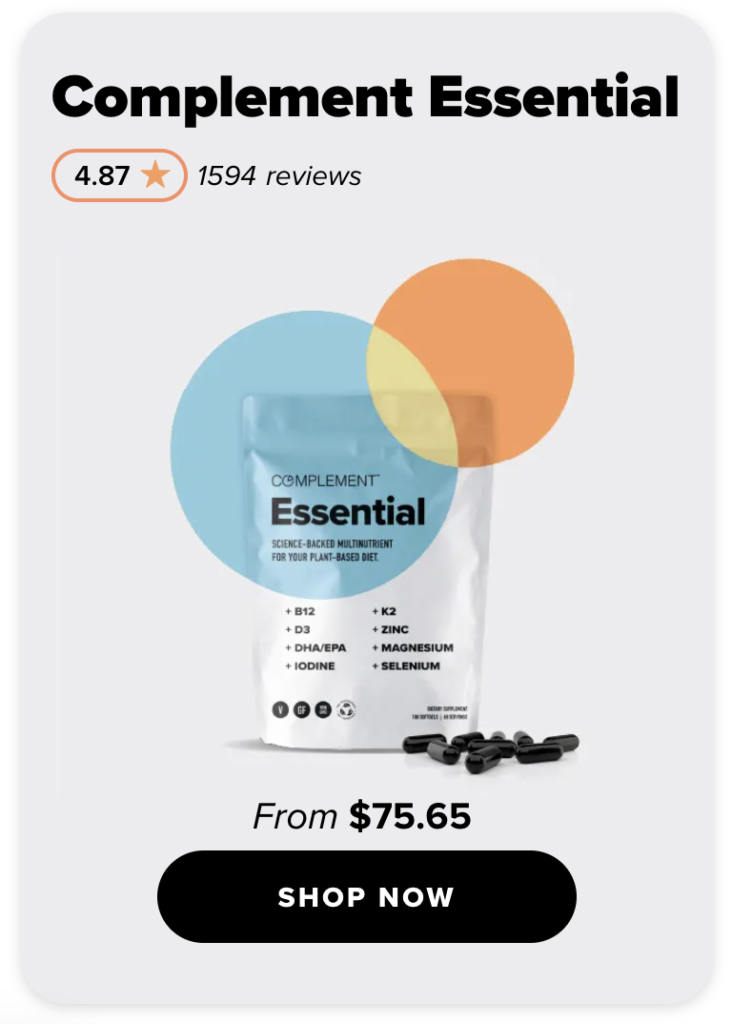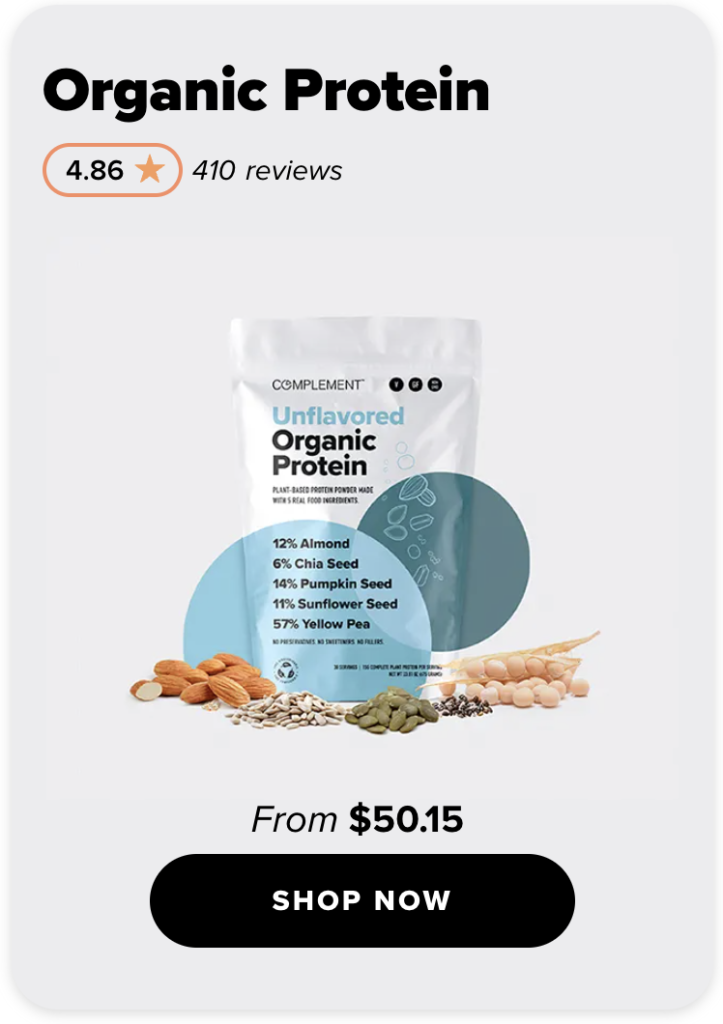Processed food refers to any food that has been altered in some way during preparation. This can include freezing, canning, baking, drying, or adding preservatives or other ingredients. While some processed foods can be a convenient and nutritious option, others can be high in added sugars, sodium, and unhealthy fats, which can lead to negative health outcomes. In this article, we will explore these foods, the potential health risks associated with consuming them, and how to identify healthier processed food options.
Types of Processed Foods
There are several different categories of processed foods, each with their own unique characteristics and potential health risks.
Ultra-processed foods are those that have been heavily altered and typically contain a long list of ingredients. Examples include instant noodles, frozen dinners, and sugary breakfast cereals. These foods are often high in added sugars, sodium, and unhealthy fats, and have been linked to an increased risk of obesity, heart disease, and type 2 diabetes.
Foods have been altered in some way, such as being canned, frozen, or baked. They may contain fewer ingredients than ultra-processed foods, but may still have added sugars, sodium, or unhealthy fats. Examples include canned vegetables, frozen fruits, and baked goods.
Minimally-processed foods have been altered in a minimal way, such as being washed, cut, or frozen. These foods often retain most of their natural nutrients and are generally considered a healthier option. Examples include pre-cut fruits and vegetables, bagged spinach, and frozen berries.
Potential Health Risks of Processed Foods
Weight Gain: Many of these foods are high in added sugars, unhealthy fats, and calories, which can lead to weight gain and obesity. A study by the World Health Organization (WHO) found that adults who consume a diet high in ultra-process foods are more likely to be overweight or obese compared to those who consume a diet high in minimally processed foods (1).
Heart Disease: These foods are often high in saturated and trans fats, which can increase your risk of heart disease. A study in the Journal of the American Medical Association (JAMA) found that consuming a diet high in them is associated with an increased risk of heart disease (2).
Type 2 Diabetes: Consuming a diet high in these foods, particularly those high in added sugars, has been linked to an increased risk of type 2 diabetes. A study in the American Journal of Clinical Nutrition found that consuming a diet high in ultra-processed foods is associated with an increased risk of type 2 diabetes (3).
Cancer: Some research suggests that consuming a diet high in processed meats, such as bacon and deli meats, may be associated with an increased risk of certain types of cancer, such as colorectal cancer. A study in the International Journal of Cancer found that consuming such meats is associated with an increased risk of colorectal cancer (4).
How to Identify Healthier Processed Food Options
Not all such foods are bad for your health. Here are some tips for identifying healthier options:
Check the ingredients list: Look for foods that have a short list of ingredients, and avoid those that have added sugars, sodium, or unhealthy fats.
Look for whole foods: Choose options that are made from whole foods, such as canned vegetables and frozen fruits.
Check the nutrition label: Compare the nutrition label of different options and choose those that are lower in calories, saturated and trans fats, and added sugars.
Choose minimally-processed foods: such as pre-cut fruits and vegetables, are generally considered a healthier option as they retain most of their natural nutrients.
Choose organic options: Organic processed foods are produced without the use of synthetic pesticides and fertilizers, which can be harmful to your health.
Conclusion
Processed foods can be a convenient and nutritious option, but it’s important to be mindful of the potential health risks associated with consuming too much. By checking the ingredients list, looking for whole foods, checking the nutrition label, choosing minimally processed foods and organic options, you can make healthier choices when it comes to processed foods.
References
- World Health Organization. (2020). Ultra-processed foods and added sugars. Retrieved from https://www.who.int/publications/i/item/9789240015339
- Deol, P., & Mozaffarian, D. (2015). Processed food consumption, diet quality, and cardiovascular disease risk: evidence from epidemiologic studies. JAMA, 314(6), 624-632.
- Louzada, M. L., Martins, A. P., Canella, D. S., Baraldi, L. G., Levy, R. B., Claro, R. M., … & Cannon, G. (2015). Ultra-processed foods and added sugars in the US diet: evidence from a nationally representative cross-sectional study. BMJ Open, 5(3), e009892.
- World Cancer Research Fund International. (2018). Processed meat and cancer. Retrieved from https://www.wcrf.org/dietandcancer/cancer-trends/processed-meat-and-cancer
- Some research for this article compiled with the assistance of ChatGPT/OpenAILearn more about VeganWire here.







